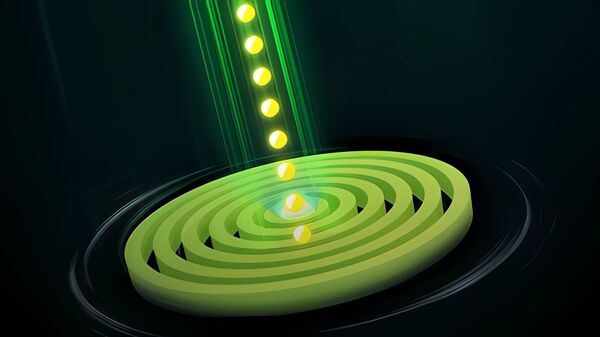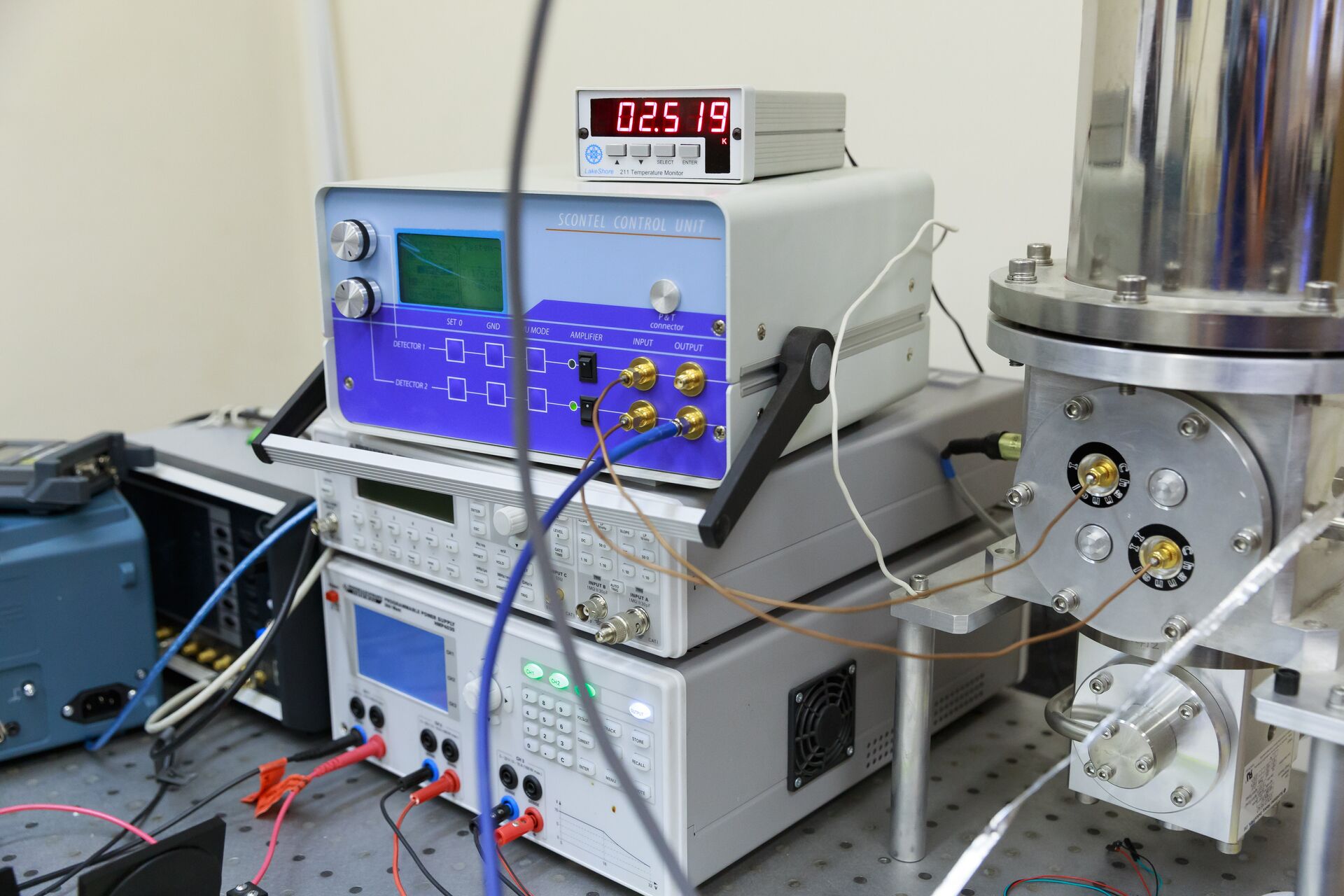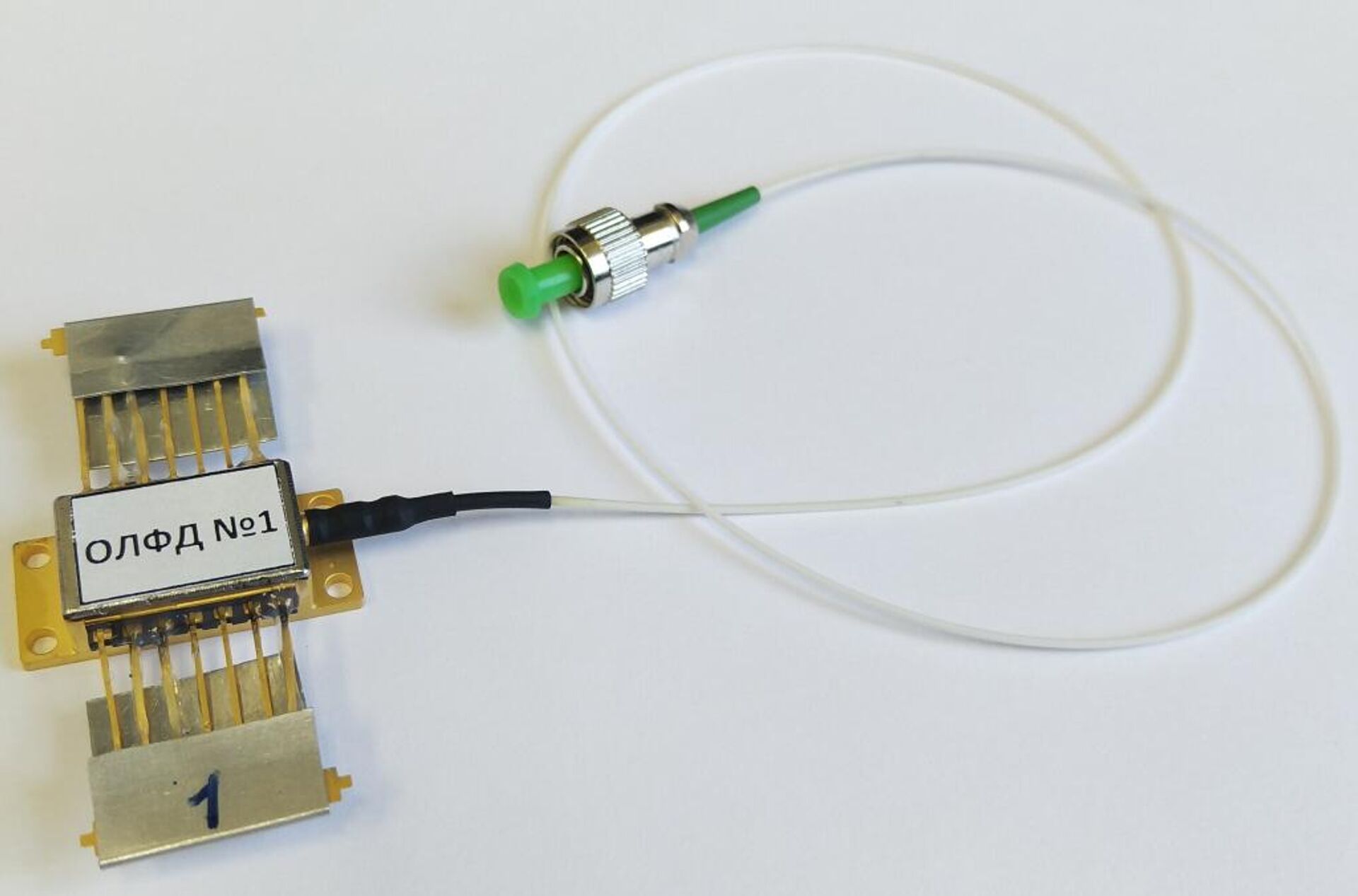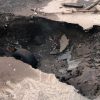
MOSCOW, February 12, Tatyana PichuginaThe country is in full swing building quantum communication networks. The task of scientists is to eliminate all vulnerabilities. What was achieved was told by the head of the laboratory of nonlinear resonant processes and laser diagnostics of the Institute of Semiconductor Physics named after A.V. Rzhanov, corresponding member of the Russian Academy of Sciences Igor Ryabtsev.
How quantum communication works
Conventional communications, even encrypted ones, no longer meet modern security requirements. Information traveling over fiber optic networks can be intercepted. Imagine: on one end of the line there is a transmitter Alice, on the other there is a receiver Bob. Alice sends Bob laser pulses with encoded information. Each pulse contains millions, billions of photons, particles of light. Here the hacker Eve appears, who inserts a translucent mirror into the fiber-optic cable, diverts some of the photons and receives the same information. And unnoticed.
Another thing is the quantum system. The encryption key there is completely random, since it is generated during the physical process. And there is only one information carrier: a quantum of light (photon). It can be sent via satellite communication channels and fiber optic networks.
“Suppose we send a pulse containing one photon. It is impossible to separate it with a mirror, so it will go to either Bob or Eve. To remain unnoticed, Eve needs to measure the state of the intercepted photon, create the same one and send it to Bob. But this contradicts the laws of quantum mechanics «: any measurement changes the state of the photon. Eve introduces an error into the communication system and will be detected,» says Doctor of Physical and Mathematical Sciences Igor Ryabtsev.
How a single photon is produced
A single photon is usually thought of as a plane electromagnetic wave. However, it is more correct to talk about a wave packet, or train, limited in time and space, the researcher clarifies. Therefore, an attenuator is placed on the laser beam, which absorbs most of the photons, and at some point a single photon may appear at its output. Key word: «may». That is, the process is completely random.
The statistics of photon emission are described by the Poisson distribution. Typically the average number of photons per pulse in quantum cryptography is between 0.1 and 0.2. “This means that on average only ten percent of the pulses contain single photons, the rest are mostly empty,” says Igor Ryabtsev.
However, according to him, there is a non-zero probability of emitting two or more photons. And a burglar can take advantage of this.
“It is believed that Eve has any technical capabilities. This means that she can block all messages from Alice to Bob containing one photon, and leave only those with two photons. Then she takes one for herself and receives the same information as Bob «This is called a 'photon-splitting quantum attack.' Two-photon pulses are highly undesirable, which is why scientists are working on true sources of single photons,» explains the physicist.
At the IPP SB RAS, such a device was created in the mid-2000s in the group of Vladimir Geisler. This is a single quantum object — an indium arsenide quantum dot on a gallium arsenide substrate. The heterostructure is grown by molecular beam epitaxy. A quantum dot emits a single photon of a specific wavelength. To highlight it, an oxide aperture is installed.
“The emitter was pumped with current and generated single photons with a repetition rate of up to one gigahertz. The measurements were carried out in Germany,” notes Ryabtsev.
Now these studies are being continued in the group of Alexey Toropov at the A. F. Ioffe Physico-Technical Institute of the Russian Academy of Sciences. Scientists recently announced the development of a single photon source for quantum computers.
Limitations and solutions
The problem with quantum dot emitters is that they require cryogenic temperatures to operate. That is, the device must be enclosed in a helium cryostat. This is possible in laboratory conditions, but not in mass production.
Another difficulty is low efficiency. After assembling a quantum communication system, a single photon appears with a probability of just over ten percent.
Finally, in addition to the source of a single photon, a detector is also needed. There are several concepts. Historically, photoelectric multipliers were used to detect particles — fragile and bulky products. You cannot create a miniature device using them.
The most advanced detector to date is based on superconducting filaments. The idea was born at the Moscow Pedagogical State University in the group of Grigory Goltsman, who later founded the Skontel company. The device is efficient, with a low noise level, however, like any superconductor, it requires a cryogenic installation.
The IPP SB RAS chose a compromise option: an avalanche photodiode. “A compact device with low power consumption and acceptable characteristics. The American design was taken as a basis and improved,” describes Ryabtsev.
“When one photon arrives, an avalanche of charges appears in the detector, and a macroscopic electrical pulse appears on the external load «, the researcher adds.
The problem is still the same: the detector does not respond to every photon. Efficiency 20 — maximum 30 percent. “But this is enough to implement the idea of quantum cryptography,” says the physicist.
According to the scientist, Russia does not yet produce its own avalanche photodiodes for fiber-optic communications with a radiation length of 1.5 microns. Having started work in 2015, physicists from Novosibirsk made such a device, patented the technology for growing a semiconductor heterostructure and structures based on it, and created prototypes. Now they are testing in single-photon mode. In general, everything is ready for commercialization.
The first quantum communication line, 700 kilometers long, was launched in 2021 between Moscow and St. Petersburg. Russian Railways is responsible for the project, laying fiber optic networks along the railway tracks. Next, another section was opened — between Moscow and Nizhny Novgorod. This year, quantum communications will cover several cities at once.























































Свежие комментарии